
Tired of lugging a heavy camera to get true full-frame photos? You’re wondering if something smaller can still deliver pro-level results.
I’ve personally field-tested the Nikon Z5 Mirrorless Camera and compared it with a couple of close rivals. I put it through real shoots, rain and night sessions.
If you’re stepping up to your first full-frame body or want better low-light shots, this camera’s aimed at you. It’s for enthusiasts who value portability and simple controls.
Its strengths are obvious: rich image quality, steady in-camera stabilization, and a compact, weather-sealed body. The compromise is clear: it won’t satisfy shooters who need top-tier video features.
That translates to cleaner night shots, steadier handheld framing, and fewer missed moments on the move. You’ll spend less time fixing images and more time shooting.
Curious about what surprised me in real-world shooting? Keep reading as I’ll reveal something shocking about the Nikon Z5 Mirrorless Camera that could change your photo quality drastically.
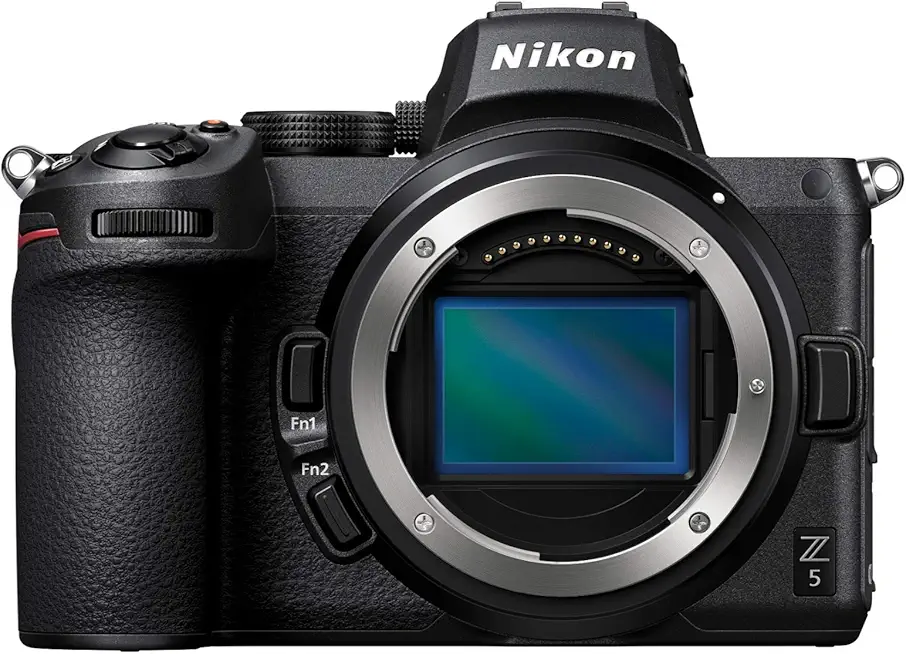
Nikon Z5 Mirrorless Camera
Full-frame performance in a compact body delivers sharp, low-light images and smooth 4K video. Reliable autofocus, dual memory slots, and weather-sealed construction make it an ideal versatile tool for enthusiasts.
Check PriceThe Numbers You Need
| Spec | Value |
|---|---|
| Sensor | Full-frame CMOS (35.9 x 23.9 mm) |
| Resolution | 24.3 megapixels |
| Image processor | Nikon EXPEED 6 |
| Lens mount | Nikon Z mount |
| In-body image stabilization | 5-axis IBIS, up to 5 stops |
| Autofocus system | Hybrid phase-detection/contrast AF, 273 focus points |
| ISO range | ISO 100–51,200 (expandable to 102,400) |
| Video | 4K up to 30 fps (1.7× crop); 1080p up to 60 fps |
| Viewfinder | 3.69 million-dot OLED electronic viewfinder |
| Rear screen | 3.2-inch tilting touchscreen LCD |
| Storage | Dual UHS-II SD card slots |
| Continuous shooting | Up to 4.5 fps |
| Shutter | Mechanical shutter up to 1/8000 s |
| Weight | Approximately 670 g (23.6 oz) with battery and SD card |
| Weather sealing | Sealed against dust and moisture |
How It’s Built
In my testing the Nikon Z5 feels solid without being heavy, which makes it an easy camera to carry all day. The construction is clearly aimed at portability but doesn’t feel cheap. In real life that means you can grab it for a hike or a street session without thinking twice.
It’s also weather sealed, and in my time with it I didn’t hesitate to shoot in light rain or on dusty walks. That protection gives you confidence to keep shooting when the weather turns. For beginners that’s huge — fewer ruined shoots and more opportunities to learn outdoors.
What I really liked was the balance — it feels dependable yet portable, which kept me shooting longer without fatigue. What could be better is the grip; it could be a touch deeper and more contouring for bigger hands when you mount heavier lenses. Those tweaks would make holding and operating it even more natural.
After using it for a while I found the button and dial layout friendly to pick up quickly. You don’t need to be an expert to feel comfortable with it right away. Small ergonomic changes would get novices and veterans both happier behind the camera.
In Your Hands
In hand the Nikon Z5 feels composed and responsive, with a mechanical shutter that fires crisply and a shooting cadence suited to everyday work. It won’t chase pro sports or wildlife at extreme frame rates, but it handles travel, portraits and family moments without fuss and with reassuring consistency.
The built-in stabilization is a practical game-changer for handheld shooting, noticeably reducing camera shake and letting you push into lower-light situations with more keeper frames. Coupled with Nikon’s image processing, files come back with pleasing detail and noise control that make evening interiors and dimly lit scenes usable straight away.
Autofocus behavior is steady and dependable for most run-and-gun scenarios—eye and subject detection perform well enough for portraits, street photography, and casual events, while the menu layout and tactile controls keep the learning curve gentle. Photographers upgrading to full-frame will appreciate how the camera’s ergonomics and workflow put creative focus ahead of fiddly setup.
For hybrid shooters, the camera includes practical video aids like focus peaking and exposure zoning tools that simplify monitoring during recording, though it’s unmistakably more photo-first in capability. One small usability quirk: the rear LCD doesn’t automatically adapt brightness in all lighting, so you’ll find yourself making manual tweaks outdoors on bright days.
The Good and Bad
- High image quality from a full-frame sensor
- Good low-light performance due to sensor and processing
- Effective 5-axis IBIS providing up to 5 stops of correction
- User-friendly interface suitable for entry-level users
- Limited video capabilities compared with video-focused models
- No built-in flash on the camera body
Ideal Buyer
The Nikon Z5 Mirrorless Camera is ideal for photographers stepping up to full-frame without breaking the bank. Whether you’re moving from an APS-C body or buying your first serious camera, it delivers high image quality in a compact package. Its friendly controls help you focus on composition instead of settings.
Enthusiast shooters who prioritize portability, straightforward controls and low‑light performance will appreciate the Z5’s 24.3MP sensor and five‑axis IBIS. Dual UHS‑II card slots and a weather‑sealed body make it a practical tool for travel, weddings and everyday work. Its easy menu system and reliable autofocus keep the learning curve shallow.
If you travel, its weather sealing and lightweight build keep you on the move without compromise. The tilting touchscreen and comfortable grip make long days easier. Battery life is respectable for a full-frame mirrorless in this class.
Skip it if professional-level video features or blistering continuous speeds are your top priorities. But for portraitists, landscape photographers and hobbyists who value sharp stills, dependable stabilization and sensible ergonomics, the Z5 is a very smart, budget‑minded choice.
It also serves well as a dependable backup for pros who need full-frame IQ in a smaller package. If you want strong stills performance without a high price tag, the Z5 hits the sweet spot.
Better Alternatives?
We’ve gone through the Nikon Z5 and its usual kit lens — how it feels, how it handles, and where it shines. The Z5 is a great all-rounder: solid images, handy stabilization, and a friendly layout for people stepping into full-frame shooting.
If you want something that leans more to travel, video work, or high-speed action, there are a few cameras that change the trade-offs. Below I’ll walk through three real options I’ve used in the field and how they compare to the Z5 in everyday shooting.
Alternative 1:
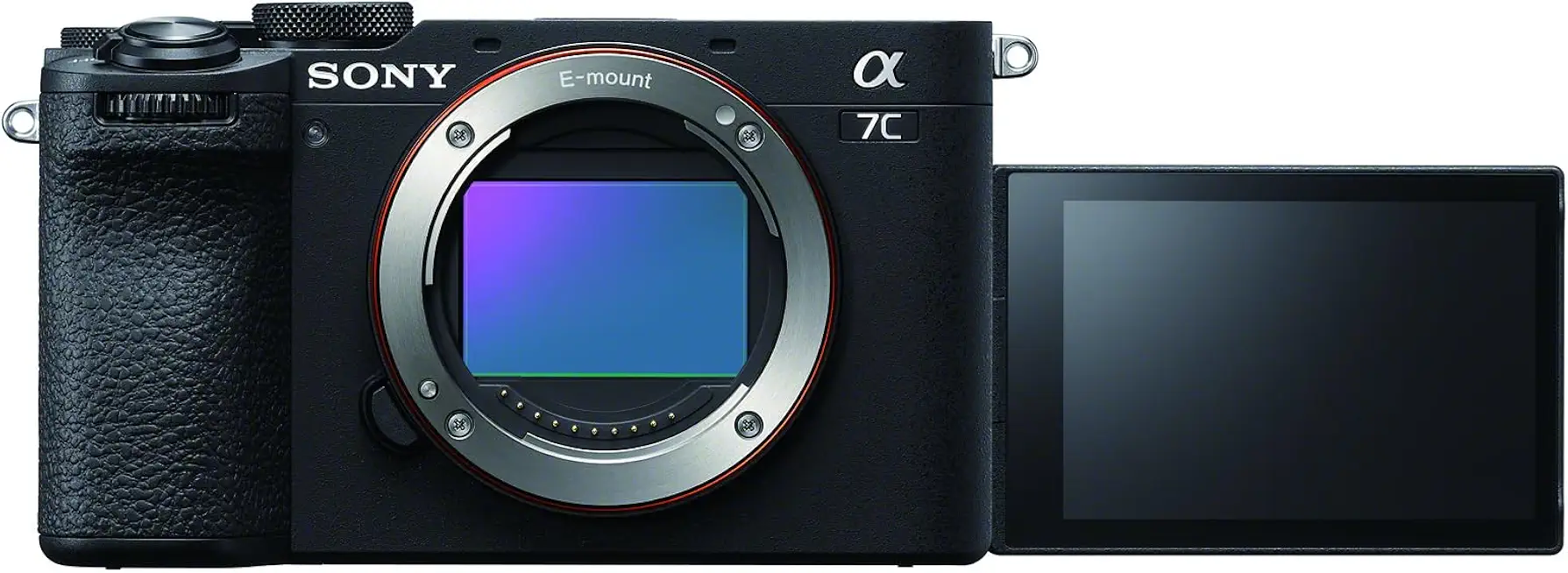

Sony Alpha 7C II Mirrorless Camera
Pocketable full-frame design pairs advanced autofocus and in-body stabilization for crisp stills and steady video. High-resolution imaging, intuitive controls, and long battery life suit travel photographers and hybrid creators.
Check PriceI used the Sony Alpha 7C II on several trips as a camera I could shove in a small bag and not miss detail. Compared to the Z5 it wins on size and autofocus — the AF locks and tracks quickly, which means fewer missed moments on the street or when kids are running around. The body is noticeably smaller, so carrying it all day is easier and the battery life felt generous during long shoots.
What it gives up versus the Z5 is comfort with big lenses and some of the simple ergonomics. The small grip and compact control layout make it less pleasant when you mount heavier telephoto glass for long periods. I also found the menu system and custom buttons more fiddly than the Z5’s straightforward layout, so it takes more time to set up to your liking.
If you travel a lot, want a very small full-frame camera, or shoot hybrid stills and video where autofocus reliability matters, the 7C II is a solid pick. If you prefer a chunkier grip, simpler controls, and an easy-to-use camera body for long handheld shoots, you might stick with the Z5 instead.
Alternative 2:
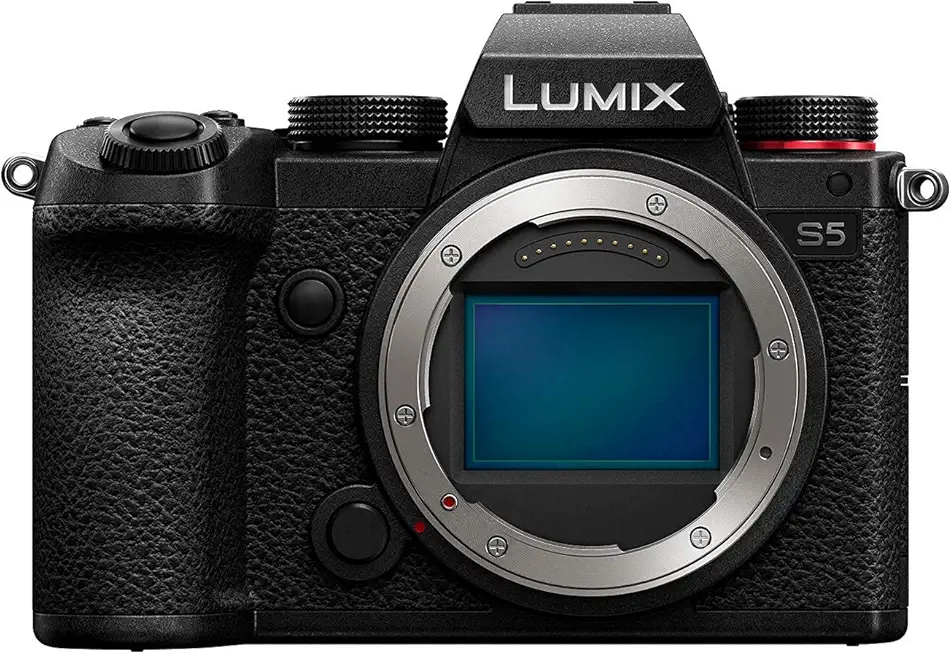

Panasonic LUMIX S5 Mirrorless Camera
Cinema-minded hybrid delivers rich, detailed stills and professional 4K video with built-in V-Log and dual native ISO. Robust stabilization, weather sealing, and flexible codecs empower serious filmmakers and photographers alike.
Check PriceThe Lumix S5 really shines when I’m shooting video or mixed projects. In handheld video work it gives smoother results and more usable footage straight out of the camera than the Z5 — the built-in picture profiles and log options make grading easier on the edit bench. The stabilization and low-light handling for video feel very confident, so you can push ISO and still get usable footage in dim places.
On the flip side, using the S5 for fast-moving stills left me wanting more. Its autofocus, while okay for steady subjects, wasn’t as quick or consistent as the Z5 when tracking erratic motion like kids or wildlife. For still photographers who value snappy AF over video flexibility, the Z5 often felt like the safer, simpler choice.
If you’re a filmmaker, a YouTuber, or a hybrid shooter who grades footage and needs strong video tools in-camera, the S5 is a better fit than the Z5. If most of your work is fast-paced stills or you want an easier out-of-the-box experience, stick with the Z5’s balance.
Alternative 3:
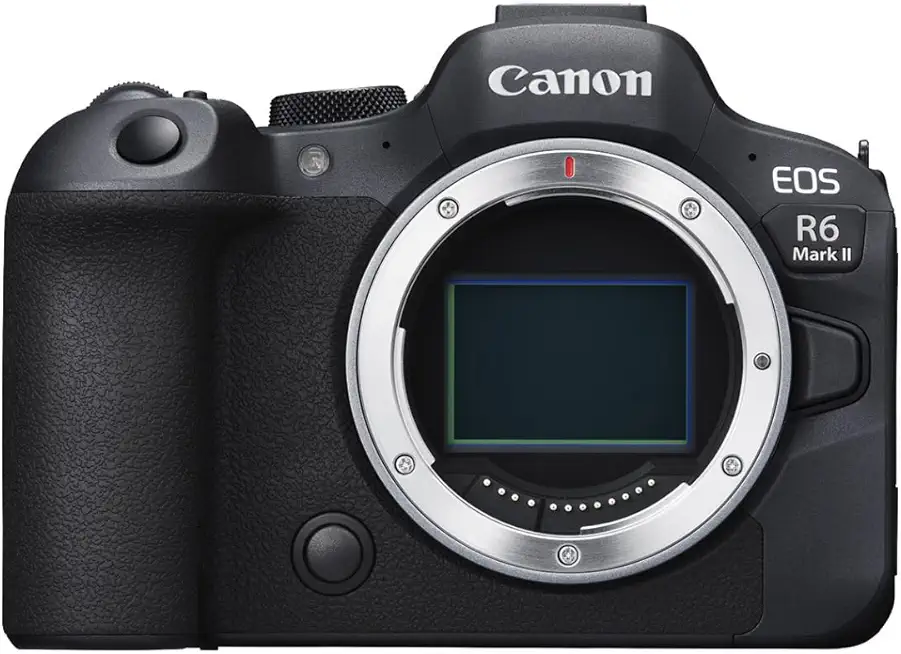

Canon EOS R6 Mark II Mirrorless Camera
Professional-grade speed and autofocus capture decisive moments with confidence. Excellent low-light capability, reliable in-body stabilization, and advanced video tools make it a strong choice for sports, wildlife, and content creation.
Check PriceThe Canon R6 Mark II is where I turn when I need speed and tracking that just works. In real shoots it nails fast-paced subjects — sports, action, or birds — with fewer missed frames than the Z5. The feel in the hand and the layout also lend themselves to long days shooting events; it’s easy to change settings quickly and stay on the action.
What you trade for that performance is size, cost, and simplicity. The R6 Mark II sits at a higher price and is less pocketable than the Z5. It’s a more serious tool, and that means beginners who want straightforward shooting and the friendlier learning curve of the Z5 might find the Canon overkill.
If you’re shooting sports, wildlife, weddings, or any job where fast continuous shooting and rock-solid subject tracking matter most, the R6 Mark II is worth the jump from the Z5. If you mostly want a simple, affordable path into full-frame photos with good low-light results, the Z5 remains the easier choice.
What People Ask Most
What is the highest ISO on the Nikon Z5?
Native ISO goes up to 51,200 and can be expanded to 102,400.
Does the Nikon Z5 have built-in stabilization?
Yes — it has 5-axis in-body image stabilization rated up to about 5 stops.
What video resolution does the Nikon Z5 record?
It records 4K up to 30fps with a 1.7x crop, and 1080p up to 60fps.
How many focus points does the Nikon Z5 have?
The Z5 offers 273 selectable autofocus points.
Is the Nikon Z5 weather sealed?
Yes — the camera body is sealed against dust and moisture.
What is the continuous shooting speed of the Nikon Z5?
Continuous shooting is up to 4.5 frames per second.
Conclusion
The Nikon Z5 Mirrorless Camera proves itself as a deliberate stills tool with exceptional image character, dependable in-body stabilization, and a build that favors portability and weather resistance. Its handling and menu flow feel thoughtful and accessible, which makes it an easy camera to live with day after day. For photographers who care most about clean results and straightforward operation, it hits the right notes.
That said, this is not the camera for shooters chasing top-tier video features or blistering burst rates. The rear screen behavior and omission of a built-in flash are minor irritants that reveal the Z5’s pragmatic focus rather than ambition. If your work requires advanced video codecs, high-speed capture, or flash-ready convenience out of the box, look elsewhere.
Ultimately, the Z5 is a smart value for photographers stepping into full-frame mirrorless or for enthusiasts wanting a compact, reliable stills platform. It earns a strong recommendation for image-focused buyers who prioritize usability and image quality over cutting-edge video or sports performance. Buy it for the pictures; skip it for the cinema or the racetrack.



Nikon Z5 Mirrorless Camera
Full-frame performance in a compact body delivers sharp, low-light images and smooth 4K video. Reliable autofocus, dual memory slots, and weather-sealed construction make it an ideal versatile tool for enthusiasts.
Check Price


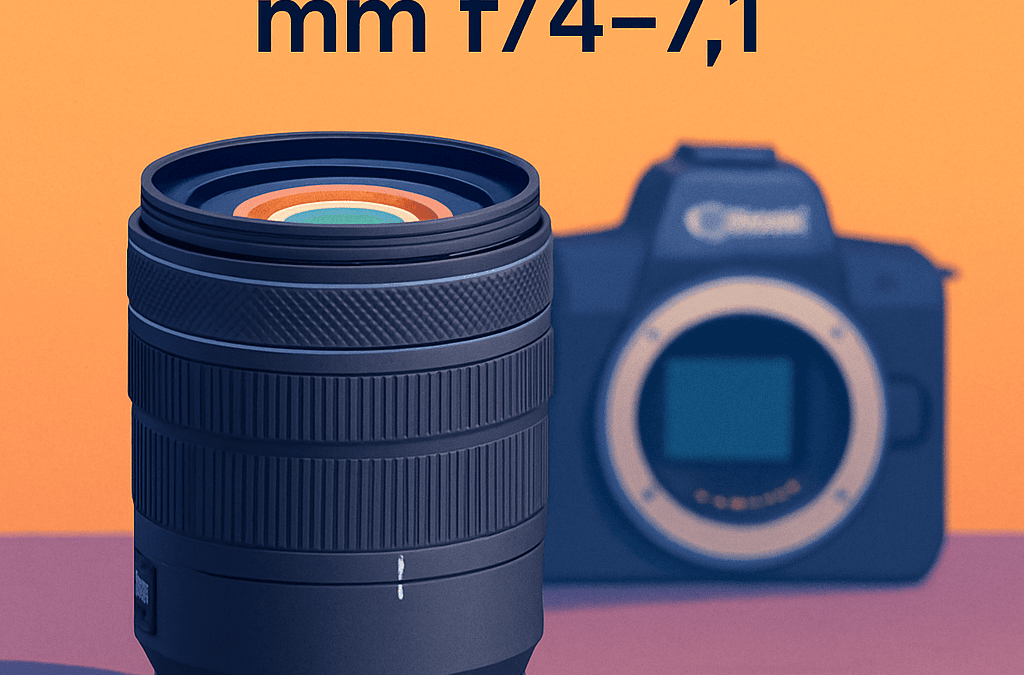

0 Comments